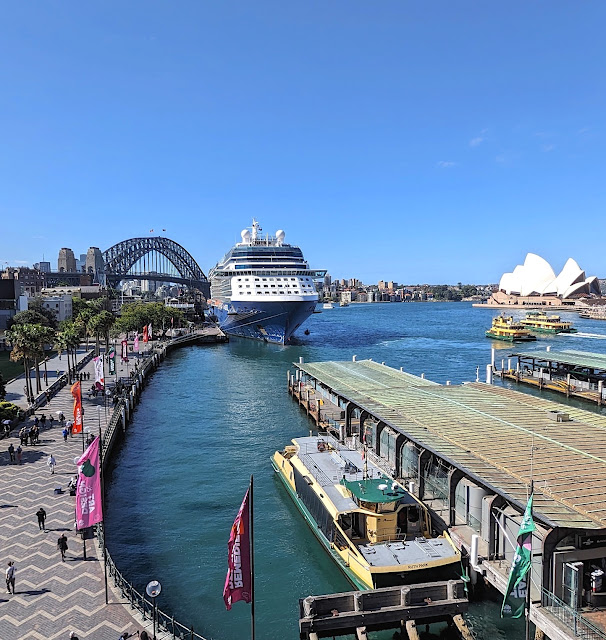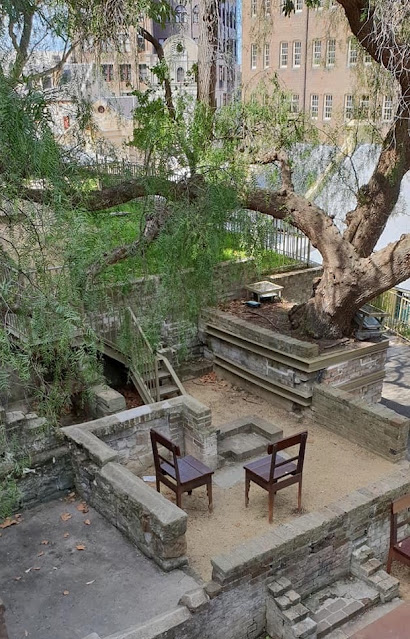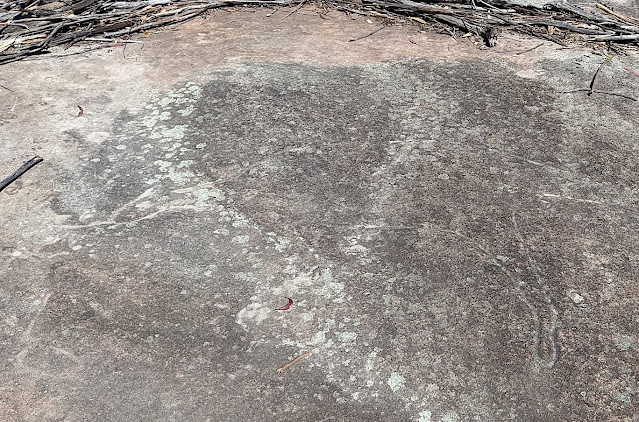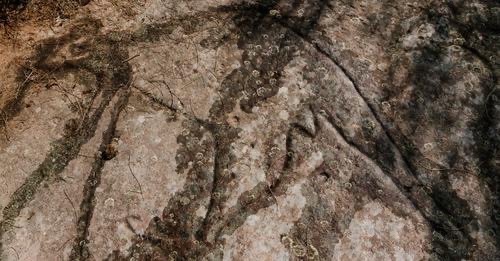Captain Phillip estimated, in 1788, an Aboriginal population of 1,500 people living in the Sydney Region.
There were seven clans from coastal Sydney speaking a common language, who have become known as the Eora people. "Eora" refers to "people".
Take a self-guided tour around the historic Rocks. Here are some of the many buildings and places to see:
1. Circular Quay
Circular Quay was a horse-drawn tram hub from 1861.
2. Cadman's Cottage
Customs House, at 45 Alfred Street, Sydney CBD, was built on the southern shore in 1844–1845 during the construction of Circular Quay.
Today, you can take a ferry from Circular Quay.
 |
| Emu (II) at Circular Quay, Sydney, NSW, 1886 - image from the collection of the Australian National Maritime Museum on The Commons |
 |
| Circular Quay, Sydney , NSW, 1920s |
 |
| Circular Quay, Sydney, NSW, 1938, The Home : an Australian quarterly. |
 |
| Circular Quay, Sydney, NSW |
2. Cadman's Cottage
Cadman's Cottage, a two-storey white sandstone house, was built in 1816 for the governmental coxswains and their crews. Later, the building became a water police station and sailor's home. Located on the original shoreline of Semi-Circular Quay. (Due to the reclamation of land during the building of Circular Quay, the waterline is now about 100 metres away)
 |
| Cadman's Cottage, Circular Quay, Sydney, NSW,a two-storey white sandstone house, was built in 1816 for the governmental coxswains and their crews. |
3. Customs House
 |
| Customs House at Circular Quay, Sydney, NSW, in 1903. Source: State Archives. |
 |
| Customs House, Sydney, NSW |
Gannon House at 45–47 Argyle Street, The Rocks, Sydney CBD, was designed by Michael Gannon and built from 1839 to 1840. (Colonial Georgian architecture)
 |
| Gannon House at 45–47 Argyle Street, The Rocks, Sydney CBD, was designed by Michael Gannon and built from 1839 to 1840. (Colonial Georgian architecture) |
5. The Rocks Discovery Museum
The Rocks Discovery Museum is free to visit, with disabled access. Located in a restored 1850s sandstone warehouse in Kendall Lane, in The Rocks, Sydney.
The museum is interactive, with touch screens, audio, film and artefacts, telling the story of the area, from Aboriginal traditional life to British arrival and settlement.
 |
| The Rocks Discovery Museum is free to visit, with disabled access. Located in a restored 1850s sandstone warehouse in Kendall Lane, in The Rocks, Sydney. |
6. Some Historic Hotels
100–104 Cumberland Street: Australian Hotel
69 George Street: Observer Hotel
137 George Street: Fortune of War Hotel
137 George Street: Fortune of War Hotel
 |
| The Fortune of War, The Rocks, Sydney, NSW, was originally built in 1828 by former convict Samuel Terry |
153–155 George Street: New York Hotel
7. Unwin's Stores
Constructed between 1843-46, Unwin's Stores at 81-85 George Street, The Rocks, Sydney, stands where Sydney's first hospital and gardens existed. They are five sandstone buildings, originally built as shops and dwellings in Colonial Georgian style. Now contain shops and cafes.
8. The Argyle Stores
The first building on the site was the house of Captain John Piper, commenced constricution in 1826. This became the east wing of the current Argyle Stores.
The site was also part of a former custom house and bond store, now offices, bar, function rooms and restaurant, located at 12–20 Argyle Street, The Rocks.
9. Old Metcalfe Bond; Campbells Store
Old Metcalfe Bond; Campbells Store was built as store houses and maritime bonded warehouses from 1850 to 1861. It faces Campbells Cove, an inlet in the north-west of Sydney Cove. (7 – 27 Circular Quay West, The Rocks). Mostly, restaurants.
 |
| Old Metcalfe Bond; Campbells Store was built as store houses and maritime bonded warehouses from 1850 to 1861, The Rocks, Sydney, NSW |
10. Foundation Park
Visitors can walk through the ruins of eight houses that were built into the sandstone cliff face from 1874 to 1878.
The Rocks was so densely populated in the 19th century that every spare area of land was used for housing. The rooms in the eight terrace houses were no larger than 3m x 3m and demonstrate the cramped living conditions at that time.
 |
| Foundation Park, The Rocks, NSW is woven among the foundations of eight 1870s terrace houses behind the Playfair Terrace shops. |
More Information















































